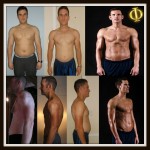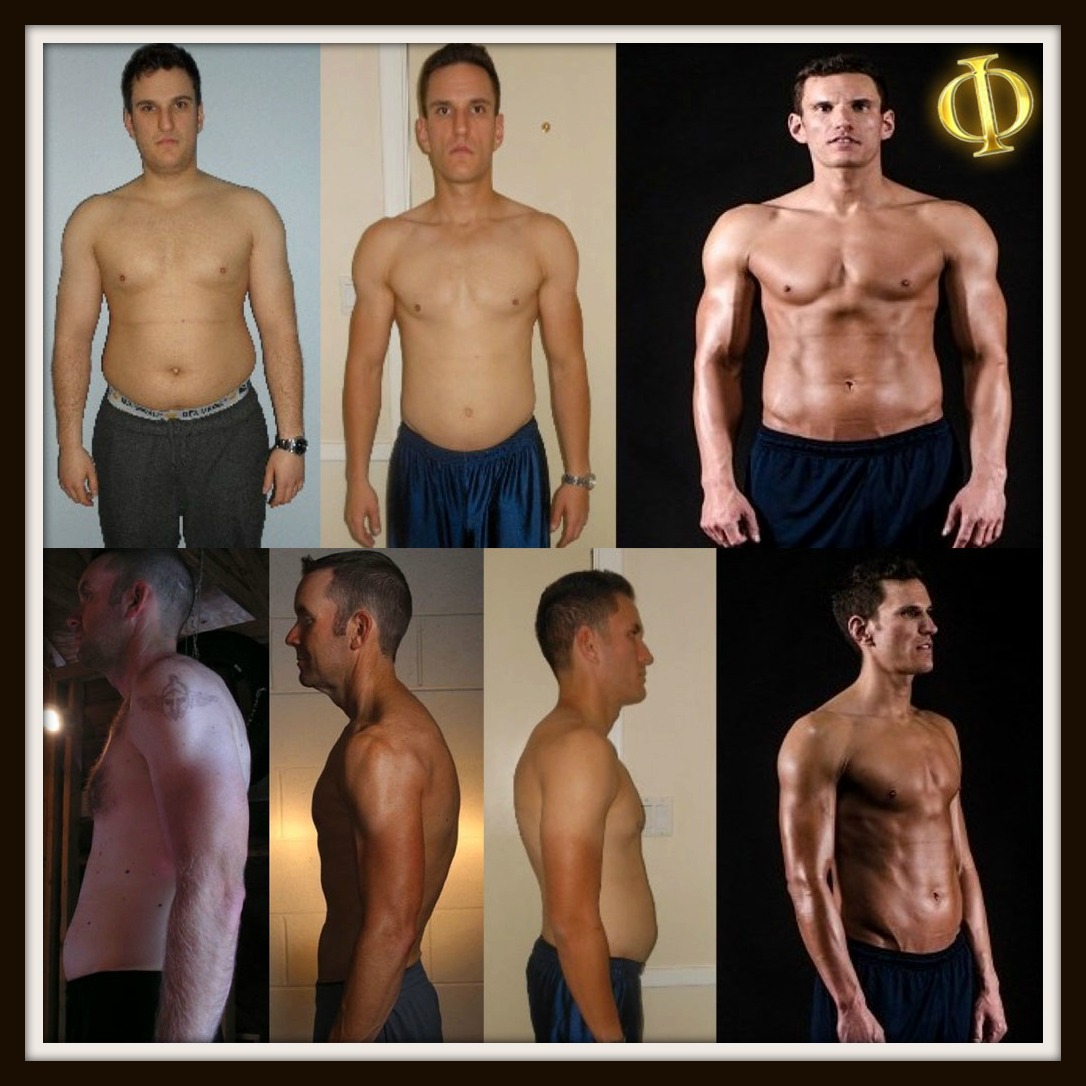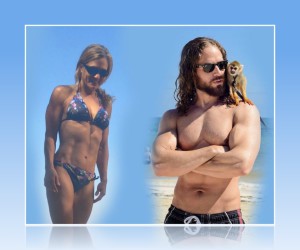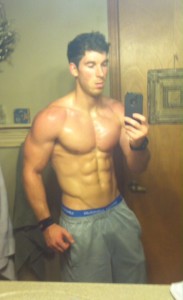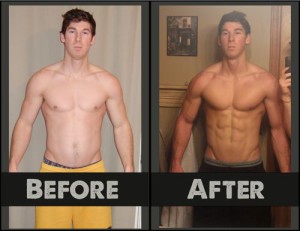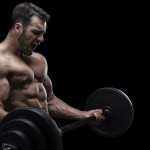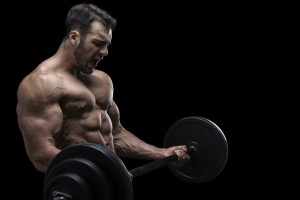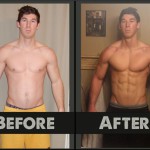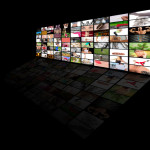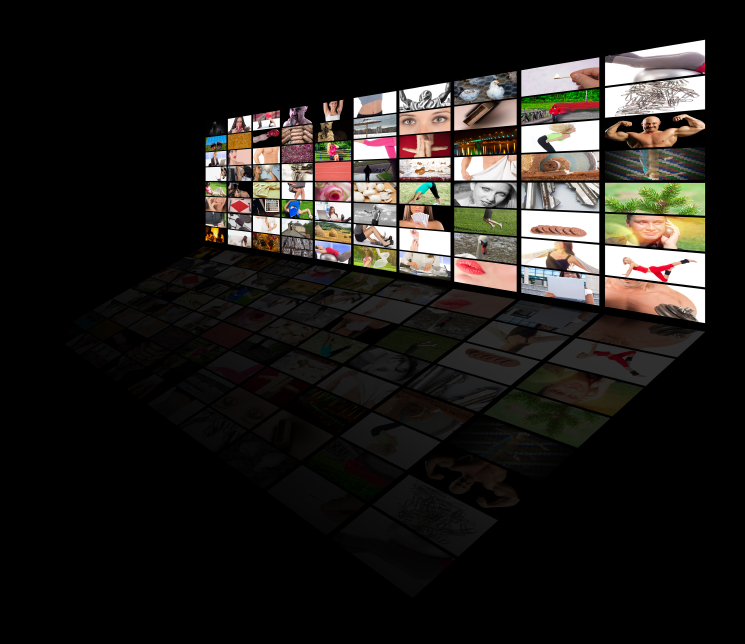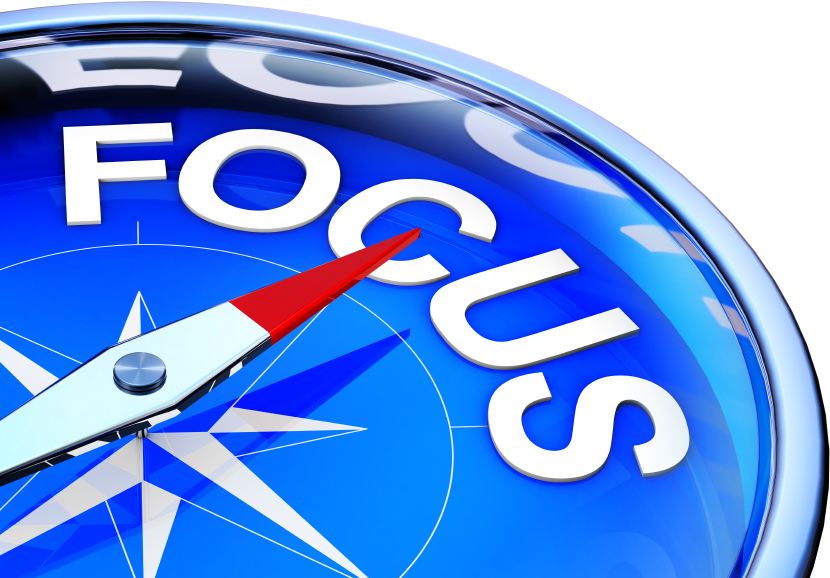How do you apply diet and exercise principles to your fat loss or maintenance strategy? It is different depending on your level of body fat and physical conditioning. It will be different for you when you get close to your goal compared to when you are just starting out.
John and Brad want to teach you a sustainable lifestyle. It’s not intuitive. It takes time and practice. It takes a bit of trial and error before you find your balance.
Listen to what John and Brad have to say about this topic:
IMMERSION Clients May Login and Download Podcast Here
(If you are using Adonis Index Mobile, go to the left menu -> My products -> right menu -> Uncensored Season 3 -> enjoy, you can assign star to add it into Favorites for easier access next time, if you don’t have access to Uncensored Podcasts you can purchase Immersion Package inside the App Shop)
Not an Adonis Index IMMERSION client? Click here to find out more…
